Decorating with plates & platters on the wall is an easy way to display sentimental items. This tutorial shows how to hang plates & platters on the wall with a super simple trick!
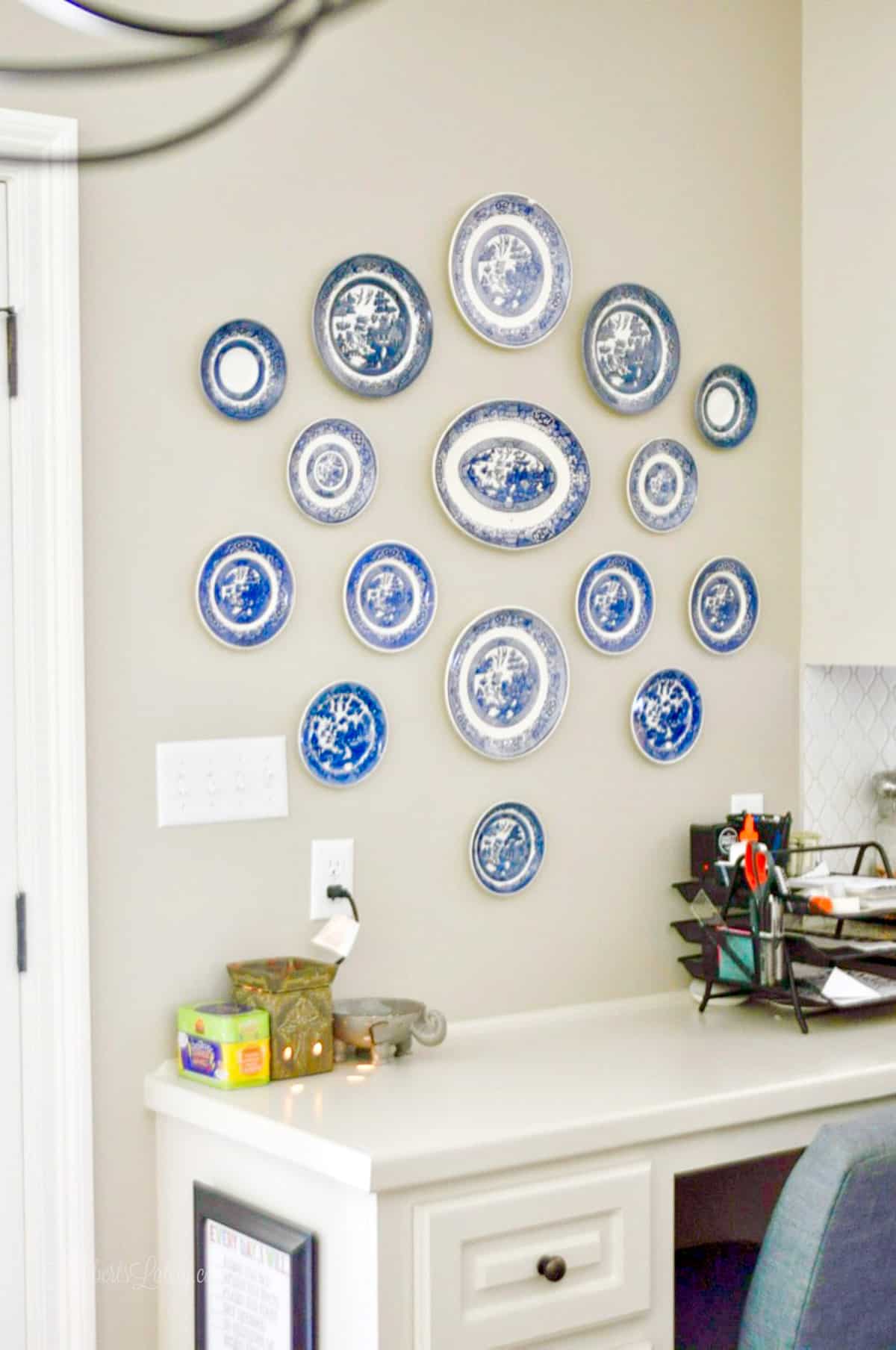
Paid links used in this post. Read more about my link usage policies.
Probably the favorite decor I have in our whole house is my decorative Blue Willow plate gallery wall. I love decor with meaning behind it - and these plates have some of the best stories.
The platter in the middle and the plates to the immediate left, right, top, and bottom of it were my grandmother's. I remember eating off of these as a child - they have so much history! If you look closely, they even have tiny chips and marks from years of use. I love that about them. They have much character and, every time I look at them, I think of her.
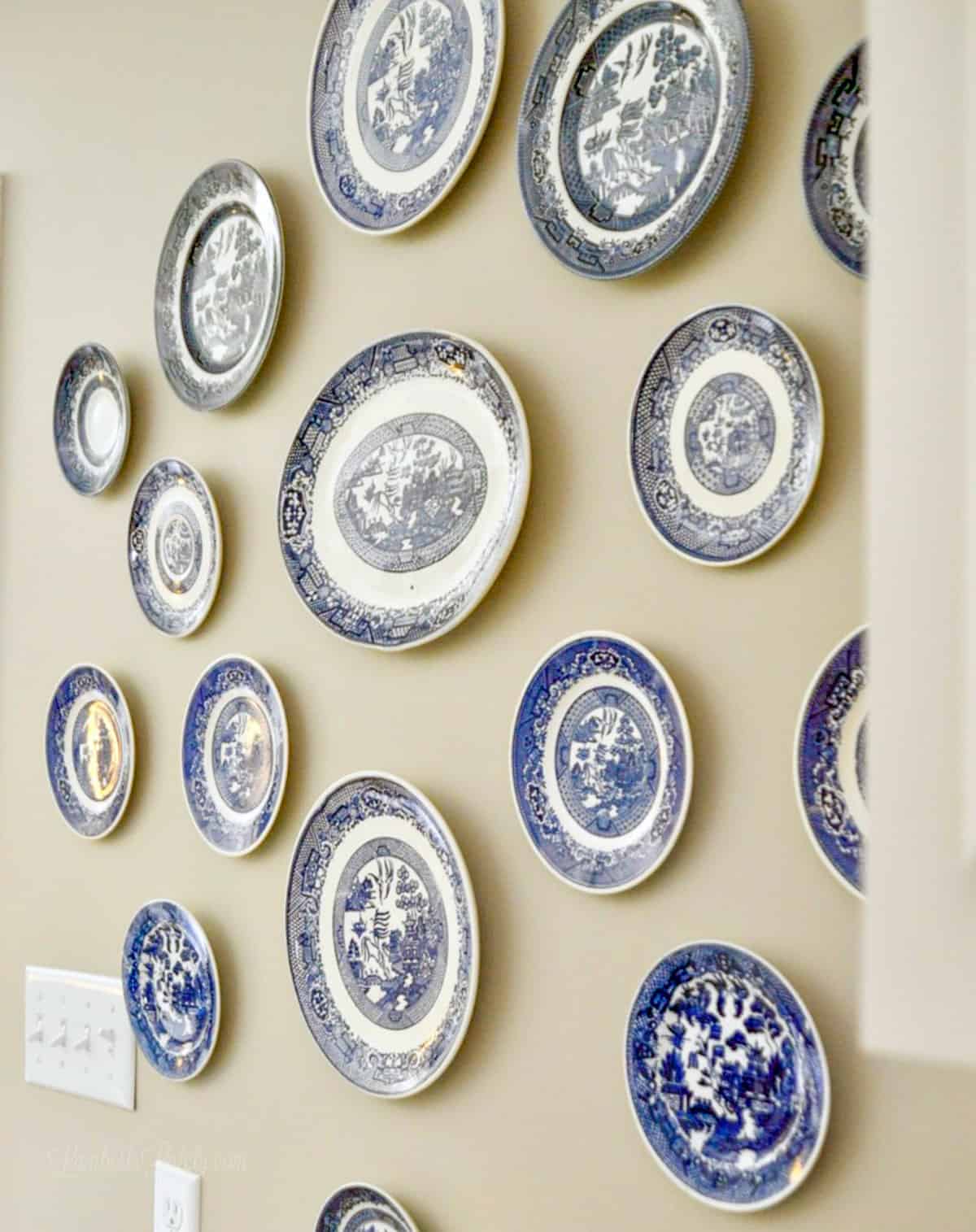
A perfect way to display these was to have a decorative plate wall in our kitchen. I wanted the plates to kind of speak for themselves - no huge plate hangers or exposed hardware, just something that focused on the beauty of the pieces.
I originally only had my grandmother's plates up, but have added to the collection here and there over the years. We have a local antique sale that usually has a good stock of Blue Willow china, so I buy a few plates every time I'm there. I've used this hanging method to add to the gallery wall, and it's worked incredibly well - no dropped or broken plates to report of after 5 years of displaying them!
Every time I post an update to this wall on Instagram, I get questions about how I hang them. I thought I'd do a little bit of a tutorial today to show the easy steps of this process. It's so easy...I almost feel weird typing the steps out! And it makes for some wall decor with one heck of a statement.
Supplies Needed
- Piece of kraft paper or wrapping paper (the size of your display wall)
- D-ring picture hooks 1 per plate/platter
- E6000 adhesive. This is the strongest craft adhesive I've ever found. I've used this stuff for anything and everything since high school. Trust me, if you let it cure correctly, this stuff can bond just about anything!
- Pencil
- Hammer
- Small picture-hanging nails
Step 1: Make a Plate Template.
I haven't necessarily followed this because I've put my plates up a little bit at a time. But, if you're hanging lots of plates at once, I'd recommend figuring out placement first. You can do this by making makeshift templates of the plates.
Measure the amount of space you have to display your plates. Mark those dimensions on a piece of kraft paper or wrapping paper. Then, lay out the plates within those dimensions. Once you figure out placement, trace the rim of the plates with a pencil.
Remove plates and secure this paper to your display wall with a little bit of painter's tape. With a pencil, make a small, light mark at the top of each plate on the wall (you might have the cut through the paper a little to do this).
Now, take the paper template off the wall. You can reference this as you hang your plates, using the light pencil marks on the wall to determine where each plate needs to be.
Step 2: Glue D-Rings to the Back of Plates.
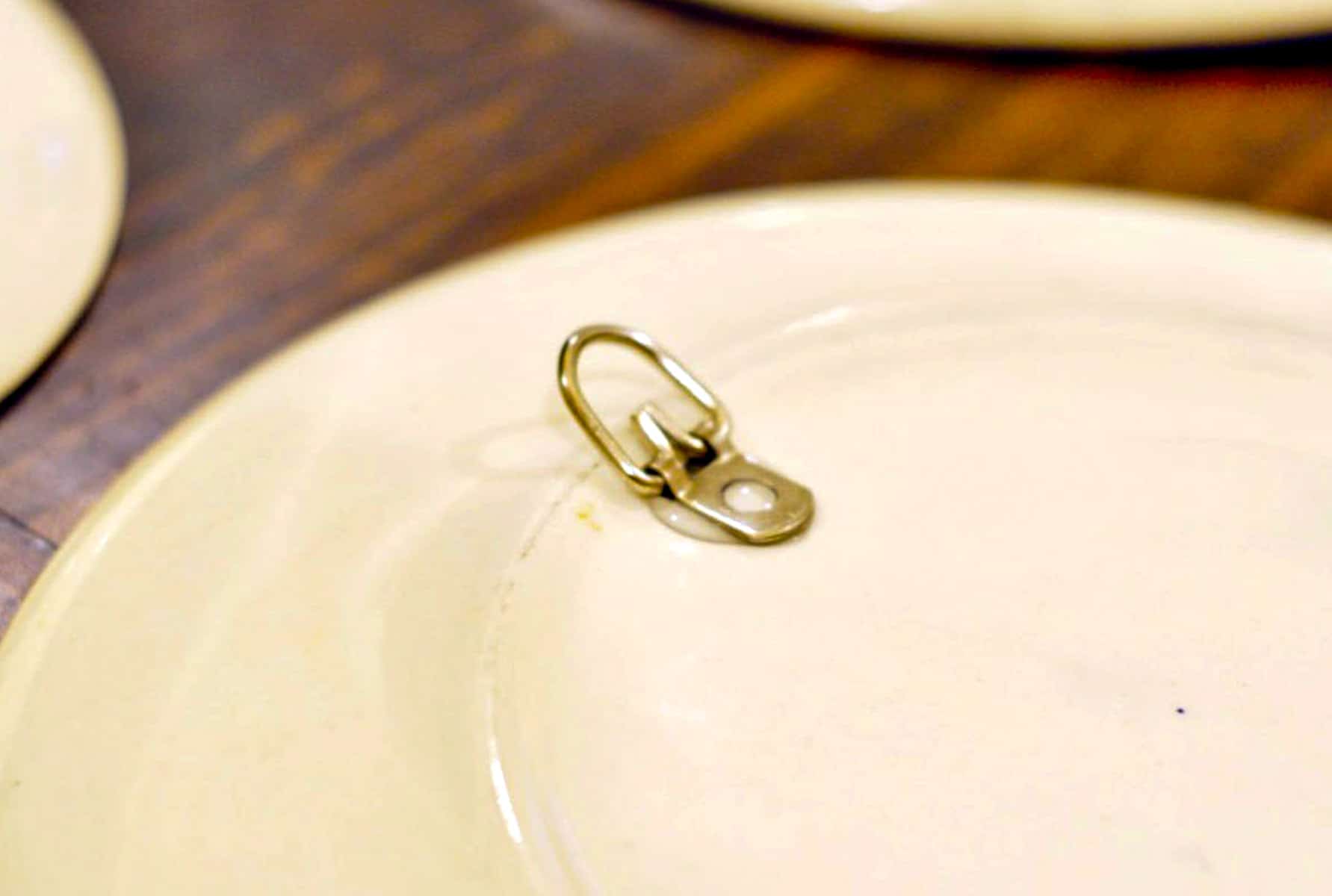
Wipe the back of the plate with a dry cloth to remove any dust or lint. This will allow the glue to stick well. Turn the plates over on a flat surface face-down, making sure you face the top of the plate pointing away from you.
Use the E6000 to attach D-ring picture hooks to the top of the plate. The flat part of the D ring should sit on the top of the tallest part of the plate (see picture above). It only takes a tiny dot of glue - don't use too much or the D-ring will slide!
Step 3: Allow Glue to Cure.
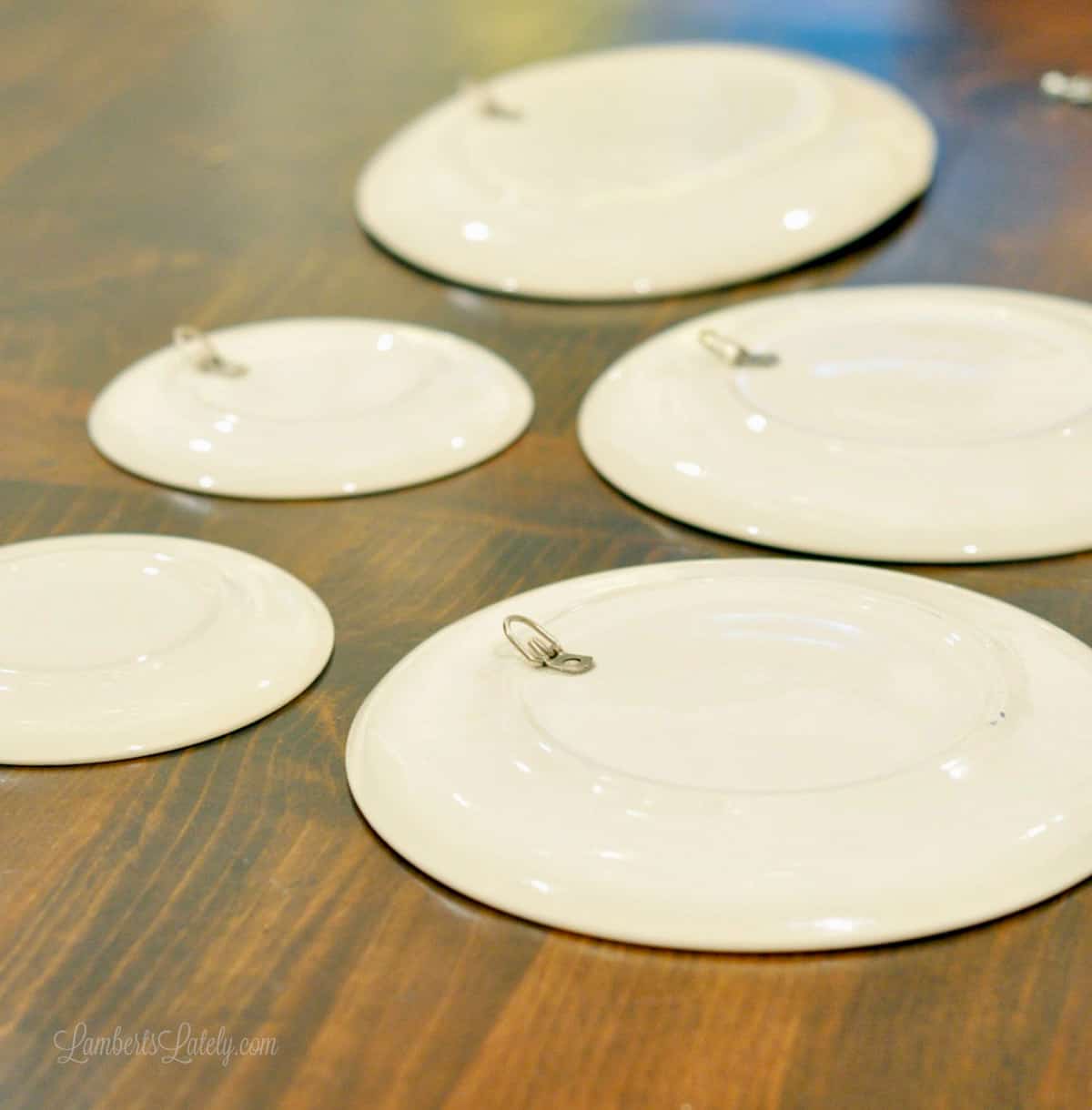
Once the D-rings are glued on, it is super important you allow the glue to cure for 24 full hours. I've tried to skip this before and it makes the glue so much less effective.
Once you let the glue fully dry, it's time to hang the plates.
Using Adhesive Discs/Strips
I've seen a few tutorials online that use adhesive discs or Command Strips to hang the plates. It looks easy, but I don't recommend this.
The adhesive on those discs/strips breaks down over time, meaning your plate could eventually become un-glued. Trust me, this little bit of work is worth not breaking your precious plates! Plus, nails leave much less of a mark on your walls than adhesive.
Step 4: Mark the Wall.
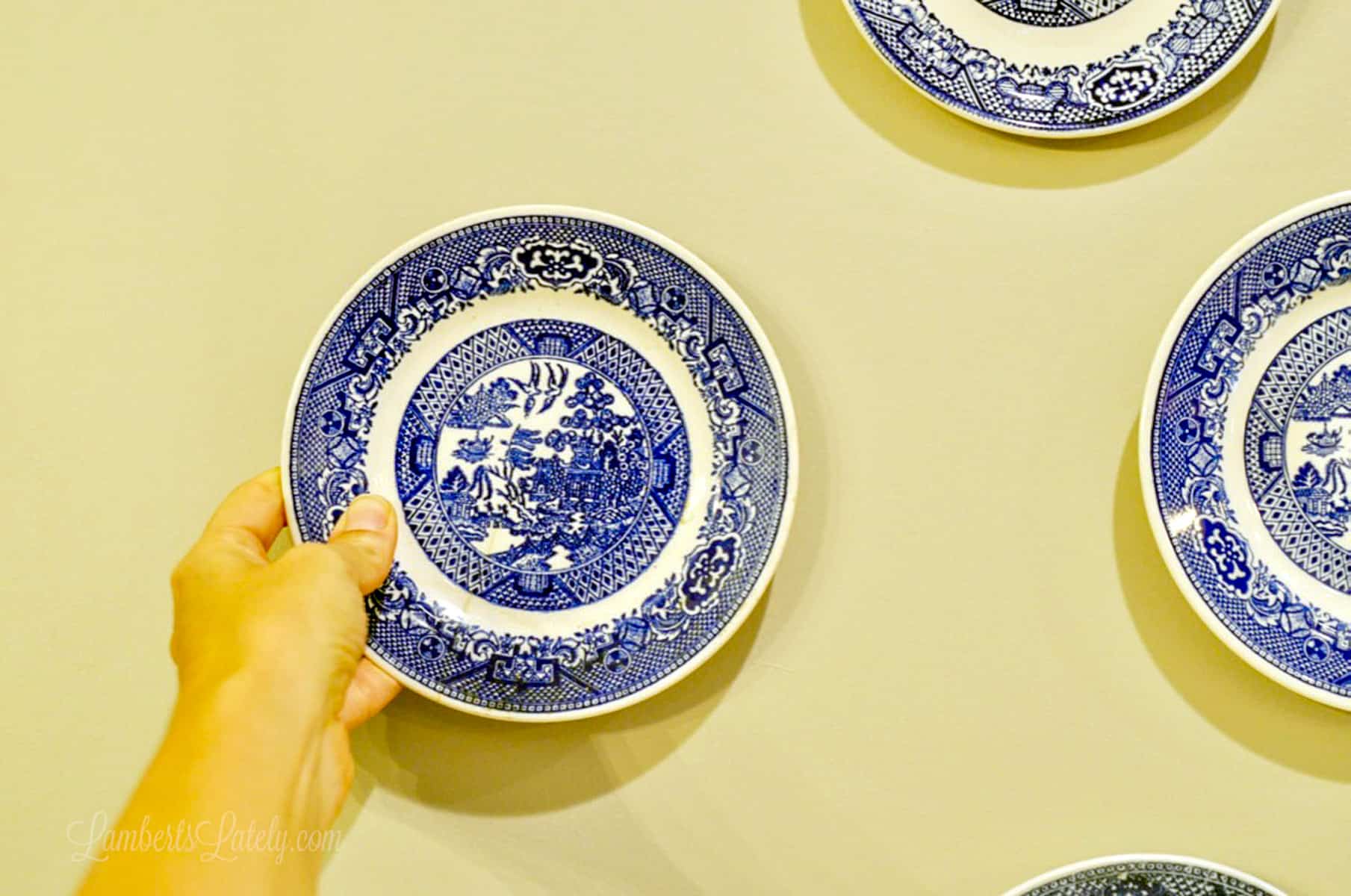
Here, you'll use those marks you made on the wall in Step 1.
Take the first plate and position it at its pencil mark on the wall. I like to go about ½" above that pencil mark so I don't have to worry about erasing a bunch of marks - the plates will just cover them up!
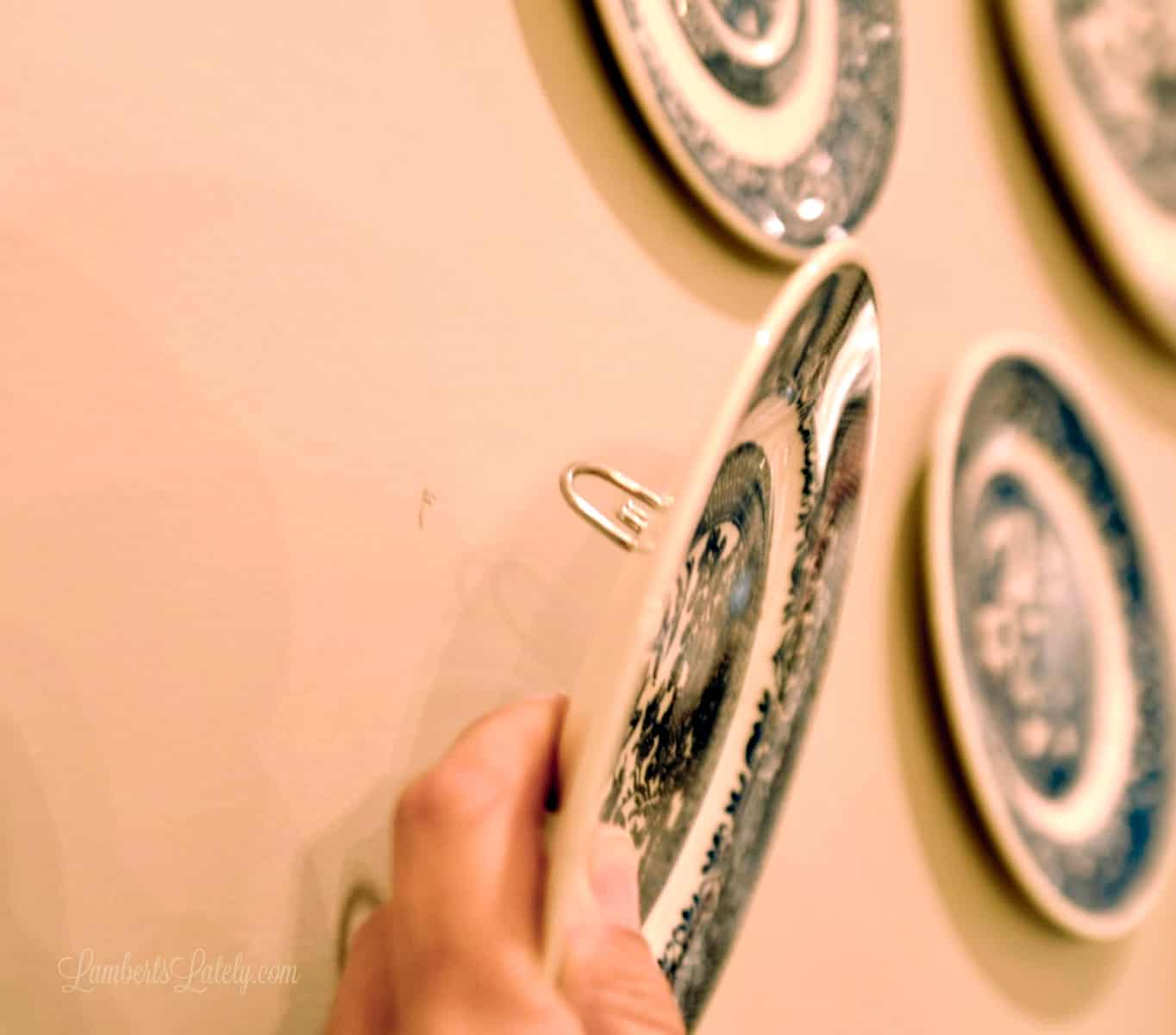
(Sorry, my camera settings were weird for this picture.) Once the plate is in position, take a pencil and place it through the D-ring to make a mark where your nail hole needs to be.
Step 5: Place Nail and Hang Plate or Platter.
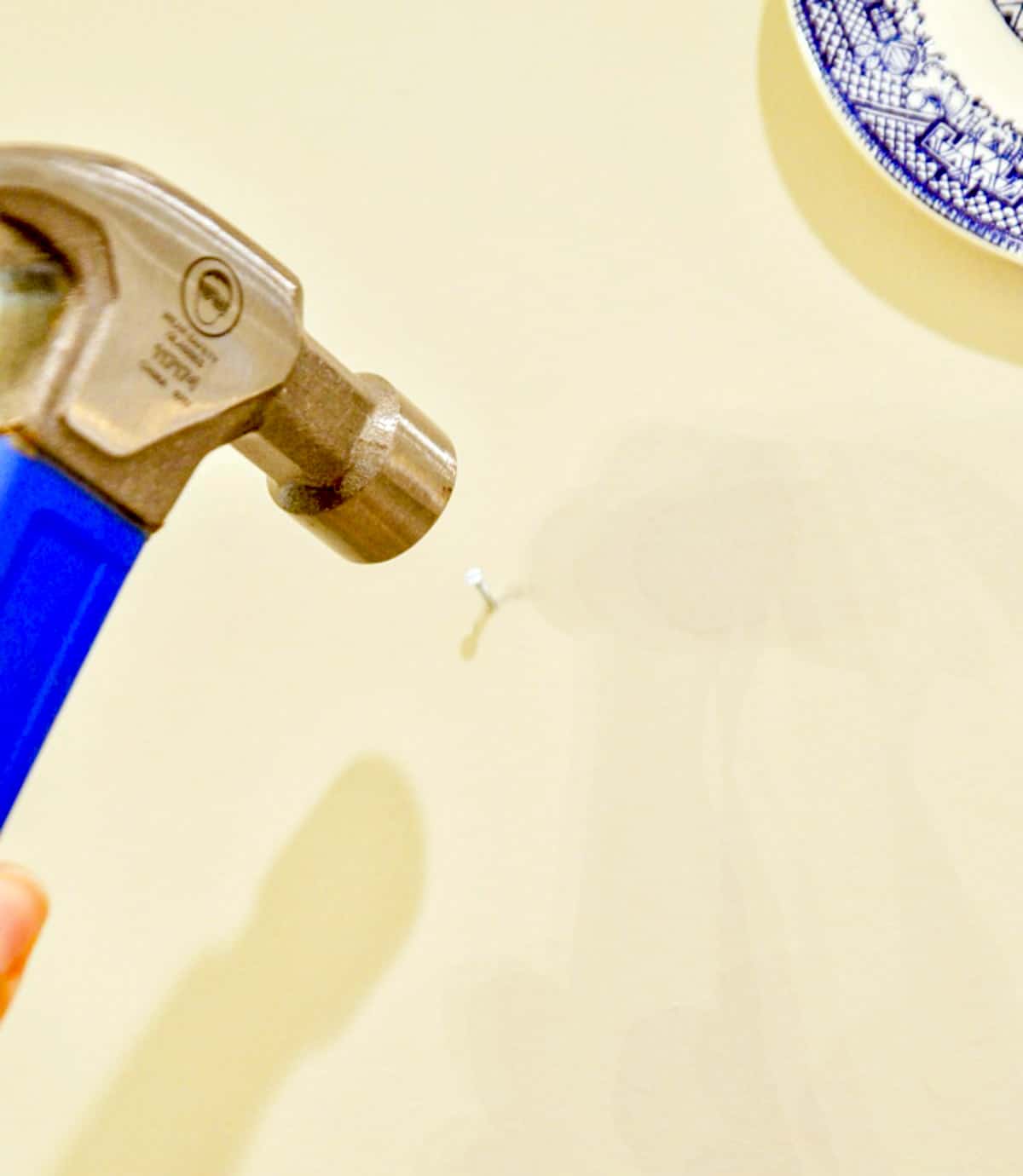
Use a hammer to place a small nail in the spot you marked. No need to find a stud as long as it's a small plate or platter. I used fairly small picture-hanging nails for this - they should hold the weight of your plates well.
(Want to see more DIY Projects? Check out our organized craft room or this baby outfit display!)
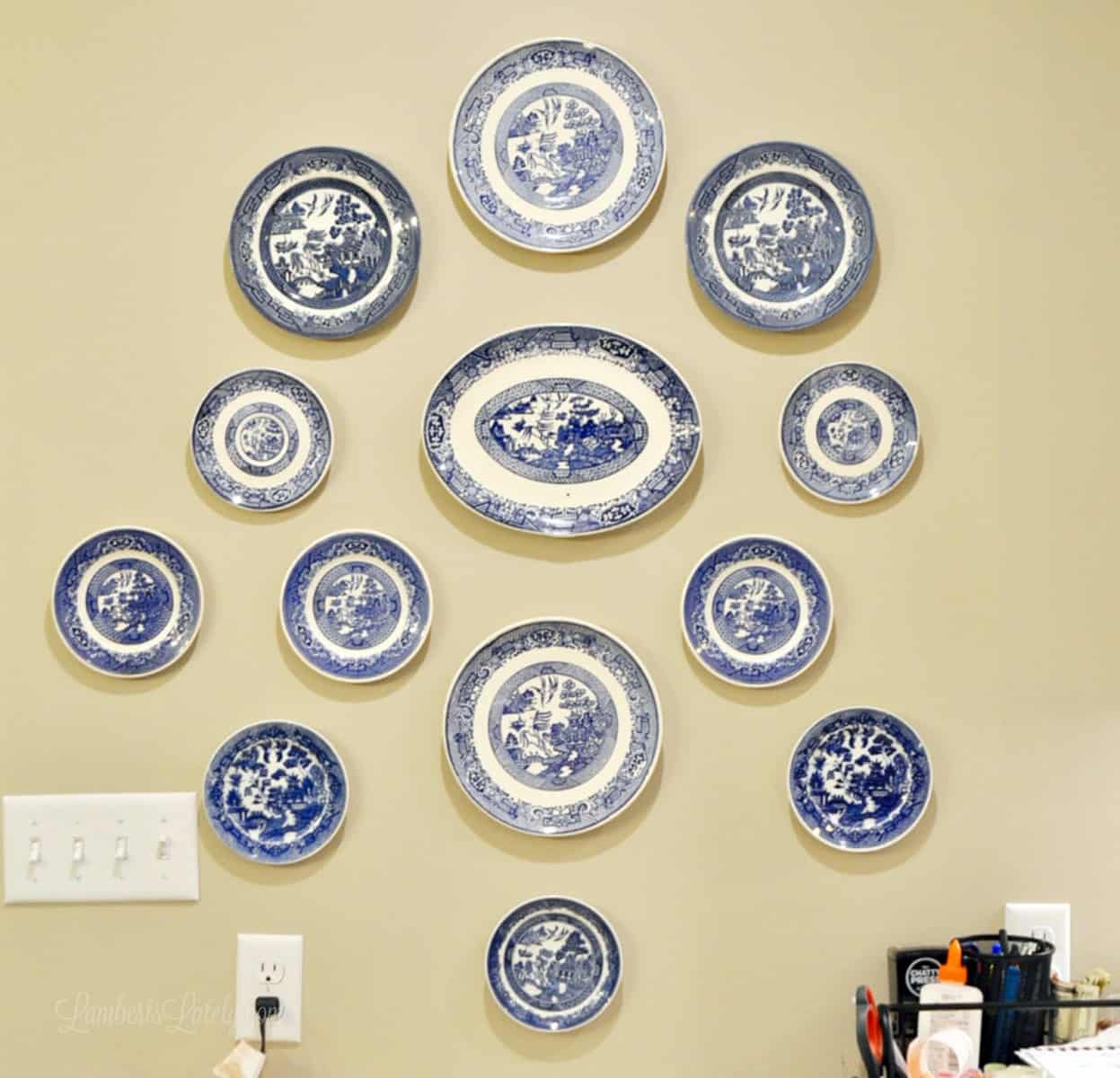
Once your first plate is in place, repeat the process and use the other plate on the opposite side. Easy peasy. Give the plate the "eyeball test" to make sure it looks symmetrical before marking that nail spot.
Final Result

I am a huge believer in decorating with things that have meaning in your home - this is a perfect example of that. This is such a great way to incorporate history and character in any room, but it's perfect for the kitchen or dining room.
Decorative Plates FAQs
More DIY Decor Projects
Have you used this method in your home? I'd love to see it! You can tag me 📸 on social media (@lambertslately) with your gorgeous gallery walls. I'd also love to hear your tips in the comments!

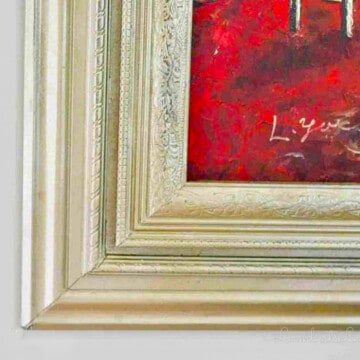
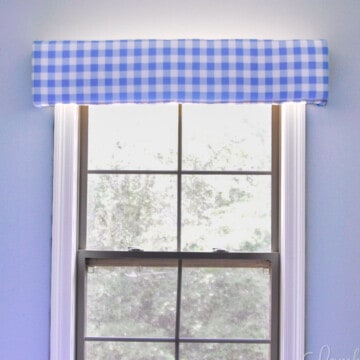
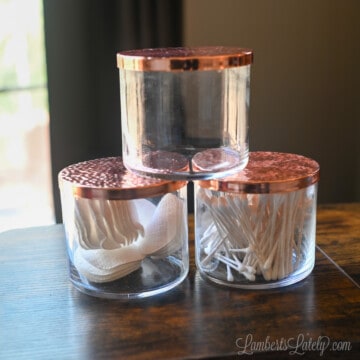
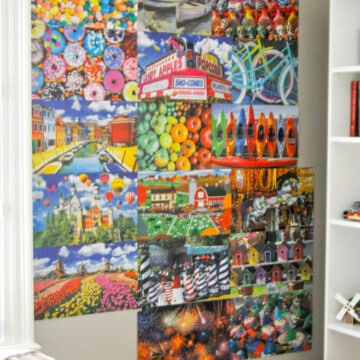
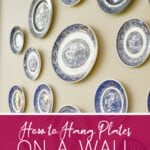
Your plate wall came out so beautifully! I'd luv to invite you to share it with us at Wall to Wall DIY Wednesday! Best, Ann
Like this idea! We are currently using the plates you have on display. Looking forward to more ideas!
I love this idea. Thank you.